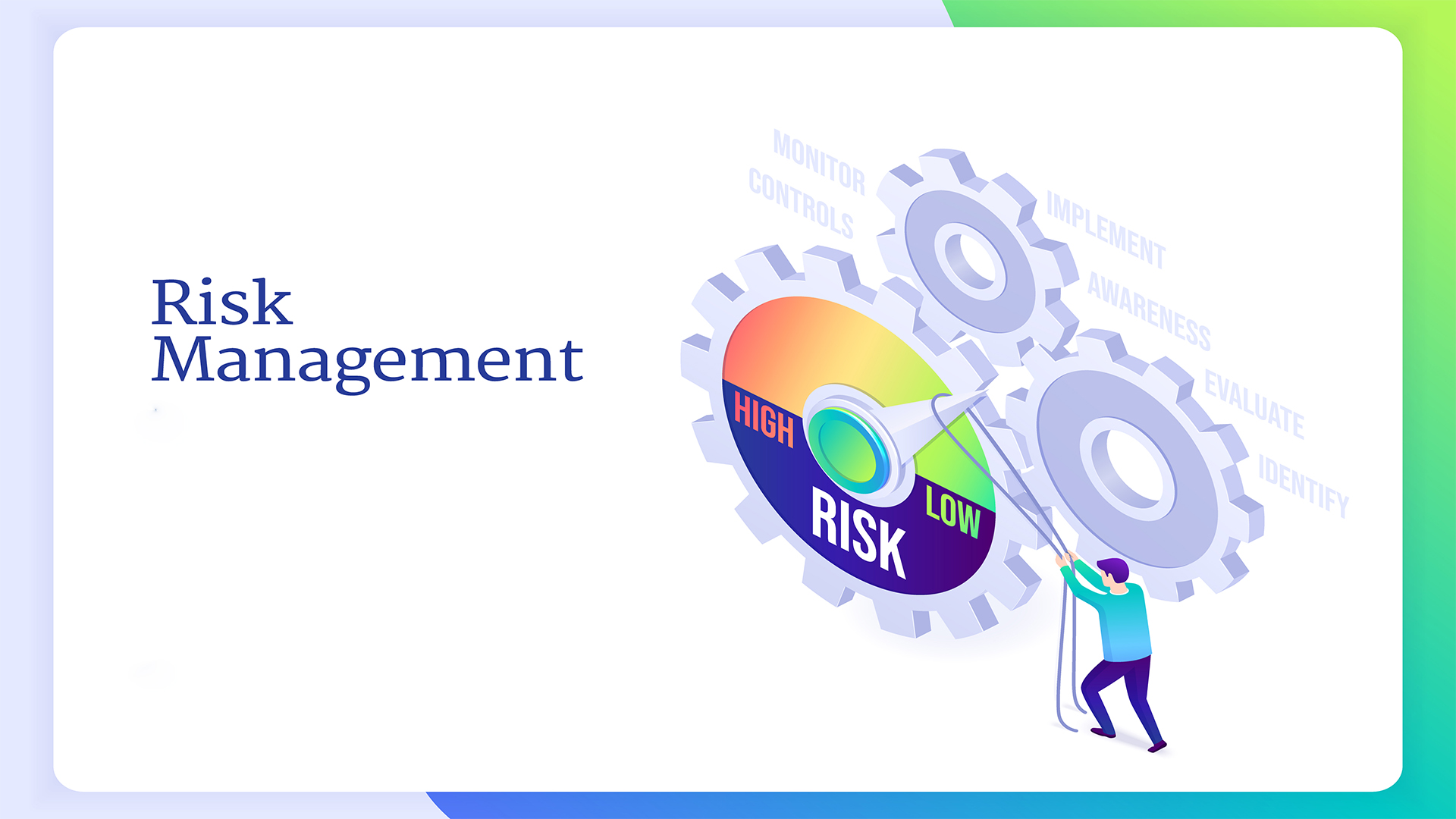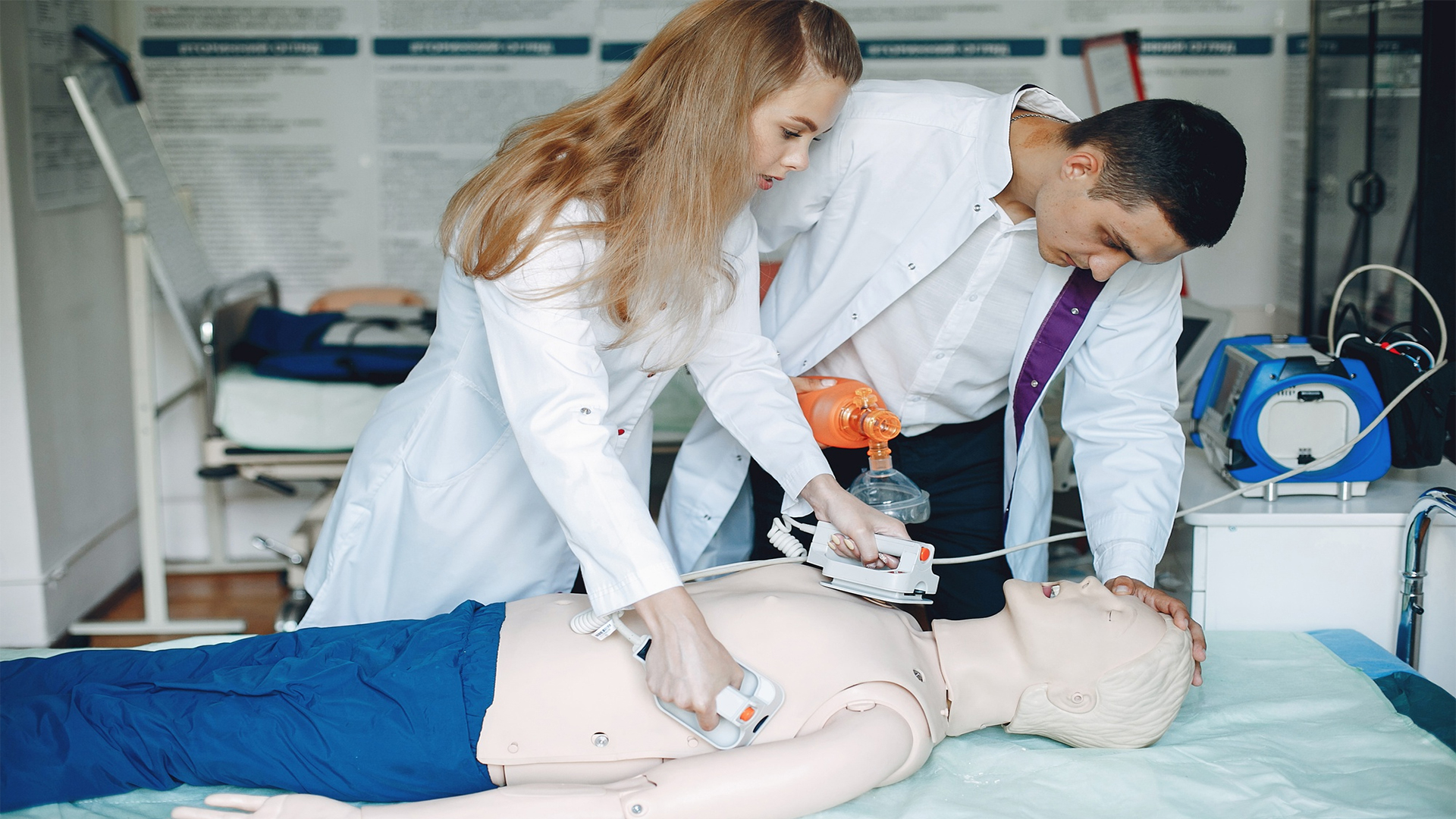
The Ultimate Safety Risk Management Chords
Course overview
A successful firm that works in or is exposed to hazardous surroundings or equipment must priorities safety risk management. Such businesses must regularly analyses and monitor safety and risk factors in a controlled manner.
Assessing the effects of possible safety concerns, creating an effective mitigation strategy, and successfully implementing it all need proper risk management. All participants will also be able to evaluate their company’s risk management procedures after completing this course by accurately identifying hazards, putting in place efficient controls to lessen safety risks, and developing systems and procedures to minimize loss and damage brought on by dangerous machinery or facilities.
Additionally, you will learn how to handle regulatory and compliance standards, run efficient safety meetings, and use behavioral theories and the human dimension to safety management.
What does this “Safety Risk Management Certification Training Course” attempt to accomplish in its major objective? With an emphasis on their significance in the workplace, this course seeks to expand your knowledge and comprehension of health, safety, and environmental management topics.
By focusing on the roles that people play and how their activities might affect the efficacy of such systems, the training program also illustrates the significance of the human aspect in any effective safety and risk management system.
Introduction
Safety Risk Management is a systematic process used to identify, analyze, evaluate, and control potential hazards or risks in any workplace. It includes the identification of potential harm or injury to people, property, and the environment, and the determination of what preventative measures should be taken in order to mitigate these risks. It also includes taking responsibility for the implementation of those measures, and ensuring that any residual risks are managed within acceptable levels. Safety Risk Management is essential for any organization in order to protect its workers, customers, and the environment, while also complying with laws and regulations.
We are The Training Bee, a global training and education firm providing services in many countries. We are specialized in capacity building and talent development solutions for individuals and organizations, with our highly customized programs and training sessions.
Learning Objectives
Upon completing The Ultimate Safety Risk Management Chords, participants will be able to:
- Understand the goals and advantages of risk and safety management.
- Classify and record any facilities or equipment-related potential or actual risks.
- Apply the concepts of risk assessment and hazard identification to processes and equipment.
- Recognize reliability ideas and failure tracking techniques.
- Demonstrate a working knowledge of quantitative risk assessment methods
- Based on your risk evaluations, recommend the best control measures to management.
Our Unique Training Methodology
This interactive course comprises the following training methods:
- Role-playing – Participants will take part in several roleplays and understand practical ways of solving issues.
- Journaling – This consists of setting a timer and letting your thoughts flow, unedited and unscripted recording events, ideas, and thoughts over a while, related to the topic.
- Social learning – Information and expertise exchanged amongst peers via computer-based technologies and interactive conversations including Blogging, instant messaging, and forums for debate in groups.
- Project-based learning
- Presentations – Participants will be presented with multimedia tools such as videos and graphics to enhance learning. These will be delivered engagingly and interactively.
- Group discussions – The course will incorporate group discussions and debates to encourage active participation and collaboration.
Training Medium
This The Ultimate Safety Risk Management Chords training is designed in a way that it can be delivered face-to-face and virtually.
Course Duration
This training is versatile in its delivery. The training can be delivered as a full-fledged 40-hour training program or a 15- hours crash course covering 5 hours of content each day over 3 days
Pre-course Assessment
Before you enroll in this course all we wanted to know is your exact mindset and your way of thinking.
For that, we have designed this questionnaire attached below.
- What topics will be covered in this course?
- What safety systems and processes will be discussed?
- What specific techniques will be included as part of the safety risk management methodology?
- How will evaluation and performance measures be established?
- How will the safety risk management process be monitored and evaluated?
- What is the expected format of the training session (e.g. classroom, online, etc.)?
Course Modules
This The Ultimate Safety Risk Management Chords covers the following topics for understanding the essentials of the Agile Workplace:
Module 1 – Introduction
- Safety Risk Management Overview
- Why Is Safety Engineering Necessary?
- Major Disaster Examples
- Process for the Safety System
Module 2 – Culture of Safety
- Human factors and safety culture
- Dimensions, both negative and positive
- Theories of Taylor, Herzberg, McGregor, and Maslow
- Natural Punishments and Repercussions
Module 3 – A safety management system’s components
- Types of Safety Management Systems and their Fundamental Components
- Monitoring of Performance Measurement Techniques in a Proactive and Reactive Manner
- Auditors’ Competencies, Audits, and Their Essential Elements
Module 4 – Identification of the Risk
- Identification of the Risk
- Hazard Management
- Standards for Risk Tolerance
- Techniques for Hazard Identification
- Designing out risks
- Safety Guidelines National and international codes
Module 5 – Risk Management Methods
- Safety Administration
- Checklist for Hazard Identification in the Safety in System Life Cycle
- Task-based Risk Assessment of Process, Workplace, and Equipment
Module 6 – Safety of Work Equipment and Machinery
- Identification of Machinery Hazards, Causes, and Prevention Techniques for Machinery Accidents
- Conducting a Failure Mode Analysis Human Factors in Software Safety Examples of HAZOP
Module 7 – Assurance Technology
- Failure Types and Their Causes
- Techniques for Avoiding Failure
- Various Maintenance and Inspection Procedures
- Reliability of Systems and Components
- System Design and Reliability for Control
Post-course Assessment
Participants need to complete an assessment post-course completion so our mentors will get to know their understanding of the course. A mentor will also have interrogative conversations with participants and provide valuable feedback.
- What are the primary strategies used to manage safety risks in organizations?
- What techniques can be used to evaluate the effectiveness of safety measures?
- What should be included in a comprehensive safety management plan?
- What regulations must be followed to ensure compliance with safety standards?
- How can organizations develop a culture of safety awareness among all employees?
- What roles and responsibilities should safety personnel in an organization have?
Lessons Learned
The most important lesson to be learned from Safety Risk Management is the importance of developing and maintaining a safe, secure, and reliable working environment. Creating and following strict safety protocols and policies is the only way to ensure the safety of your workers and clients, and to reduce the chances of accidents or injuries. A comprehensive Safety Risk Management approach involves identifying and assessing risks, implementing effective risk control measures, and monitoring and reporting progress on safety compliance. Taking proactive steps to promote safety in the workplace can help to reduce the likelihood of serious accidents and incidents. Ultimately, safety should be everyone’s responsibility in any organization.
“Risk management is one of the finest investments a company can make since it assures our daily security, safety, and comfort.”







